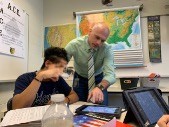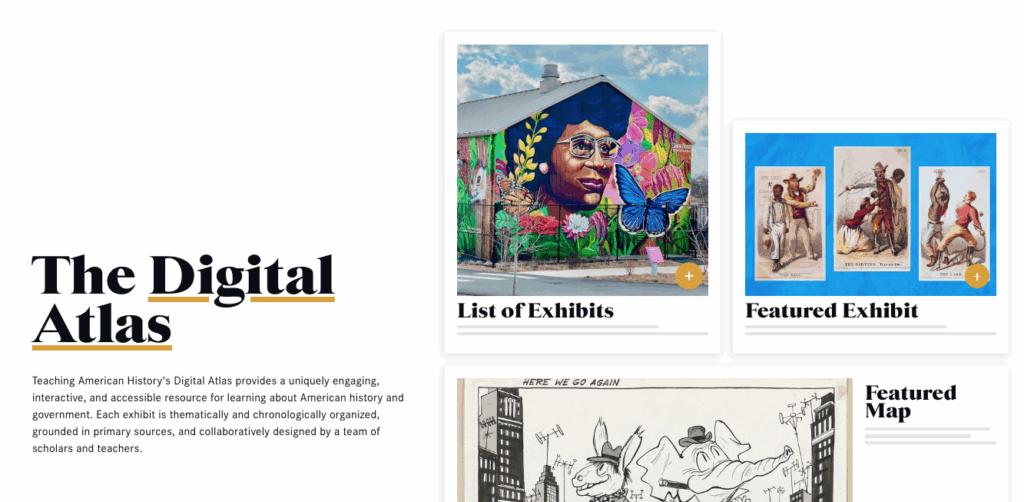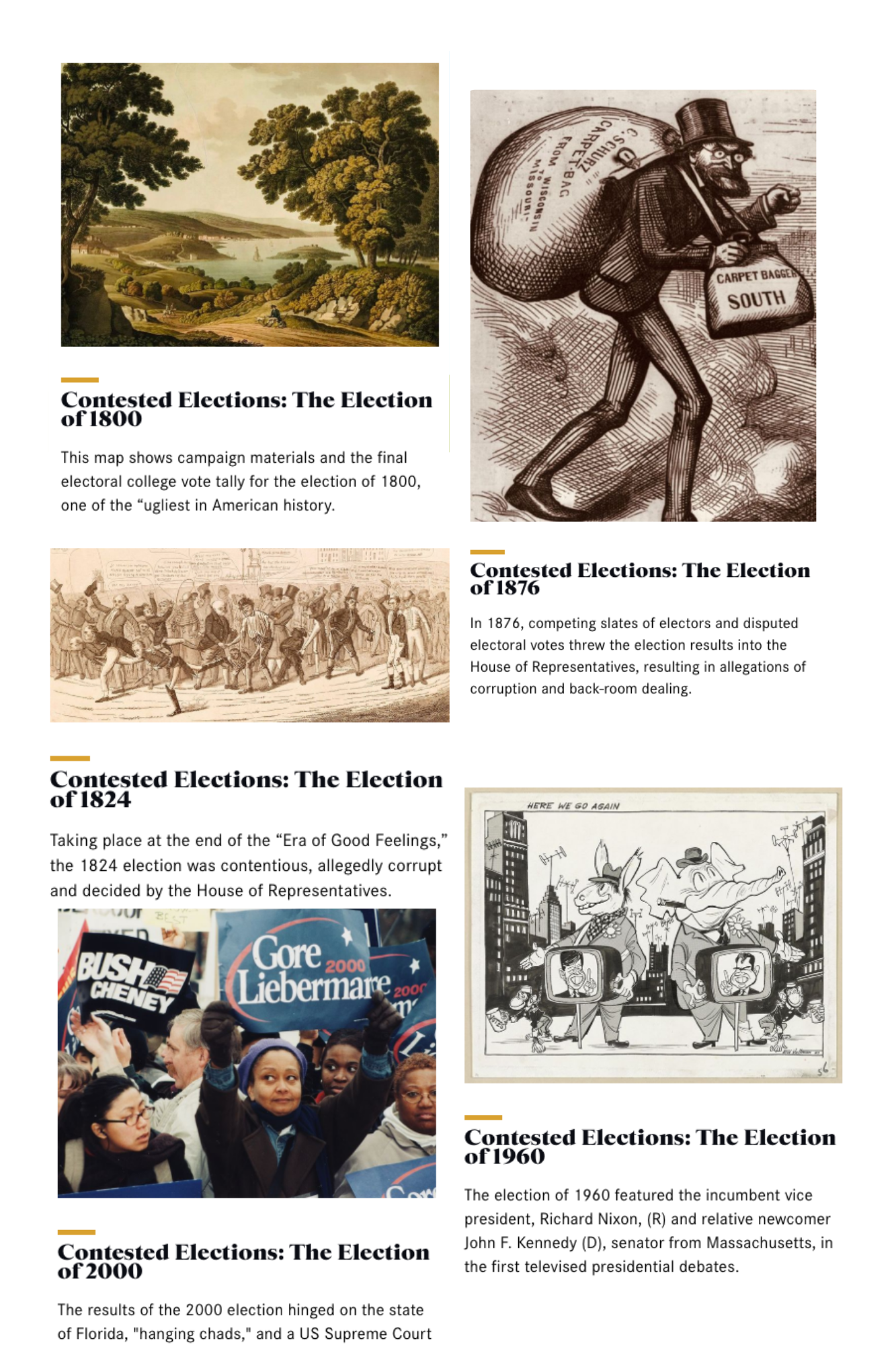

As a classroom teacher, I’m no stranger to feeling overwhelmed by the sheer number of resources out there. There’s no shortage of materials online—except, of course, for the one resource we wish we had more of: time.
That’s probably why my first instinct when I received the email from Teaching American History (TAH) was to save it for later. I figured I’d eventually evaluate the new resource, run it through my usual process, and see if it could be adapted for my students—when I had time.

Like so many colleagues I meet across the country, I take the civic mission of teaching seriously. We hear a lot about how AI is changing education, but I believe our jobs are secure as long as we keep doing what only we can: truly knowing our students.
After 27 years of teaching high school social studies, I’ve learned that each year—and each group of students—is different. What worked one year might completely miss the mark the next. So, whenever I encounter a new resource, my first step is always the same: match the resource to the specific needs of the students I have right now.
That’s what I expected to do when I opened the Contested Elections exhibit from the TAH Digital Atlas. I thought I’d need to rework, modify, and adapt it.
But to my surprise—I didn’t.

Instead of adding to my workload, it actually lightened it. I even used the provided questions without modification. The exhibit was thoughtfully designed, flexible, and—most importantly—relevant. It can stand alone or fit seamlessly into another unit. I recently used it with my AP U.S. Government and Politics students during our unit on the presidency.
What’s more, it’s accessible across grade levels and subjects. A colleague across town used the same exhibit with their eighth-grade students and found it just as engaging. That kind of flexibility is rare. I’m looking forward to using it again in my U.S. History class with juniors as we approach major elections in our curriculum.
Teaching American History’s Digital Atlas is free, requires no email or login, and provides a uniquely engaging and interactive way to explore American history and government. Each exhibit is thematically and chronologically organized, grounded in primary sources, and designed collaboratively by scholars and teachers. It’s clear this resource was built with teachers in mind—and students at the center.
Our unit’s central question was: “How should we choose our president?” I wanted students to not only understand the function of the Electoral College but also be able to defend their own viewpoint about whether or not we should continue using it.
The exhibit helped frame this conversation perfectly. It begins with a succinct historical overview, which we read together before diving into the section on the Electoral College. The discussion questions provided served as anchors throughout our unit—we began and ended with them, revisiting our central question after each contested election.

The exhibit highlights five of the most contentious presidential elections in U.S. history.
We split into groups, with each student assigned one election to explore and then present as the class expert. Their job was to examine how that election added to our broader conversation about how we should choose our president.
Before digging into tasks or guided questions, I gave students 10 minutes to simply explore. That open-ended time helped them make discoveries I hadn’t anticipated. Then, using the exhibit’s comprehension, process, and application questions, groups deepened their understanding and prepared for class discussion. I didn’t need to rewrite or rephrase anything—each question was well-constructed and classroom-ready.
Each exhibit includes interactive maps, charts, graphs, political cartoons, and both primary and secondary documents. I was impressed by how many visual analysis opportunities were embedded, alongside links to external resources like the National Archives and Library of Congress.

These elements helped my students engage in much-needed argumentation practice. While many can read a graph or map for comprehension, they often struggle to use it as evidence to support an argument. The Digital Atlas gave me multiple chances to scaffold this skill authentically.

This exhibit also supported key historical thinking skills, like continuity and change over time. One student reflected during the discussion:
“It’s fire to see that we’re not rigidly stuck in 1787. This stuff can change!”
Students saw the evolution of our political institutions and began to understand the Electoral College—and the presidency—outside the narrow lens of today’s two-party system.

What stood out most, however, was how the Digital Atlas helped model civil discourse in the classroom. According to both pre- and post-unit polling, my students didn’t all agree on how we should choose our president. But they did all agree with this line from the exhibit:
“These elections also serve as an important reminder that no system is perfect; that any institution or instrument designed by man will be flawed.”
That’s the kind of reflection I hope for as a teacher. Not blind acceptance, not unanimous consensus—but a deeper understanding of complexity, and a growing sense of empathy for different points of view.
That’s how I know the resource did more than save me time. It helped me do what matters most.

Vince Bradburn, the 2015 James Madison Fellow from Indiana and a 2020 graduate of the Master of Arts in American History and Government, teaches social studies at Shelbyville High School.




